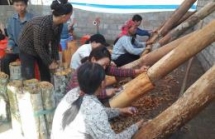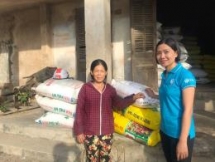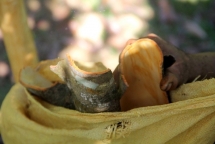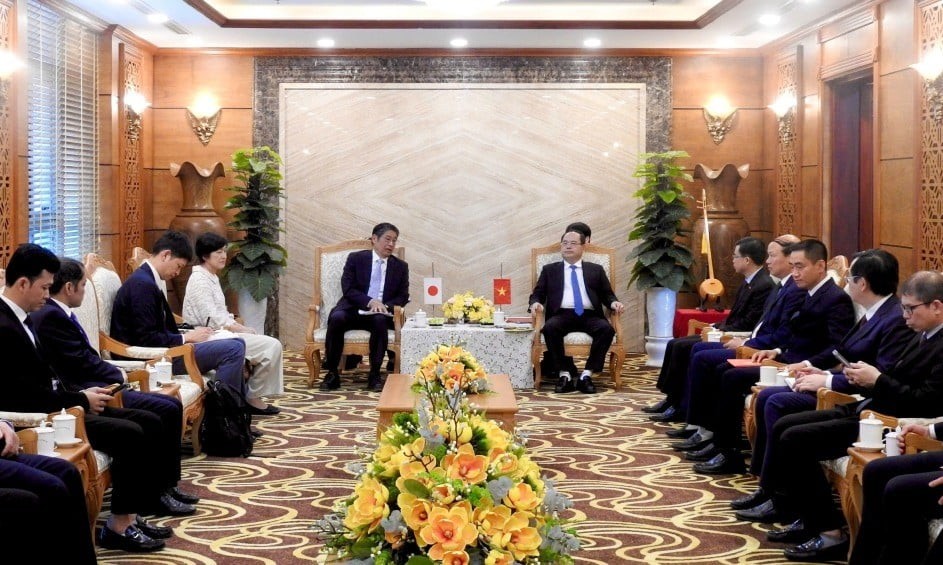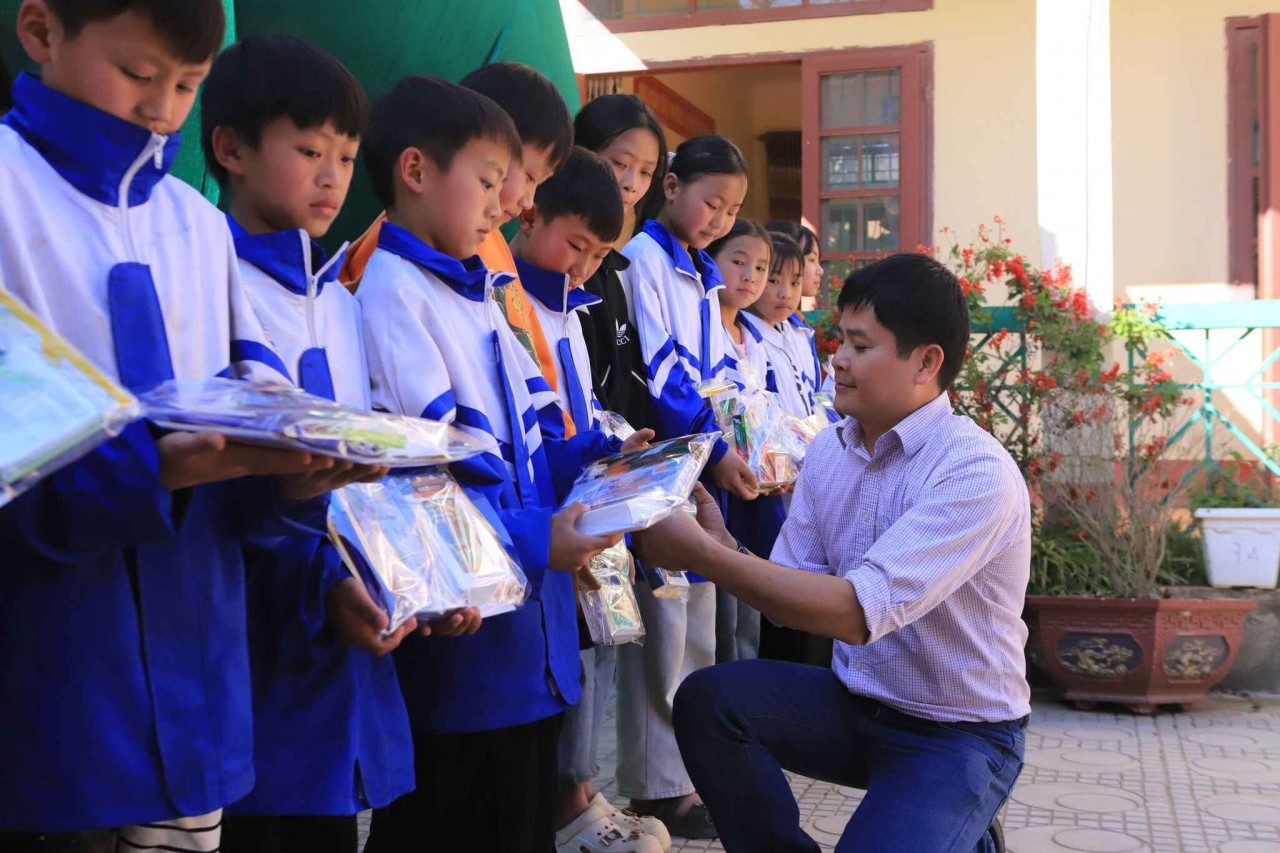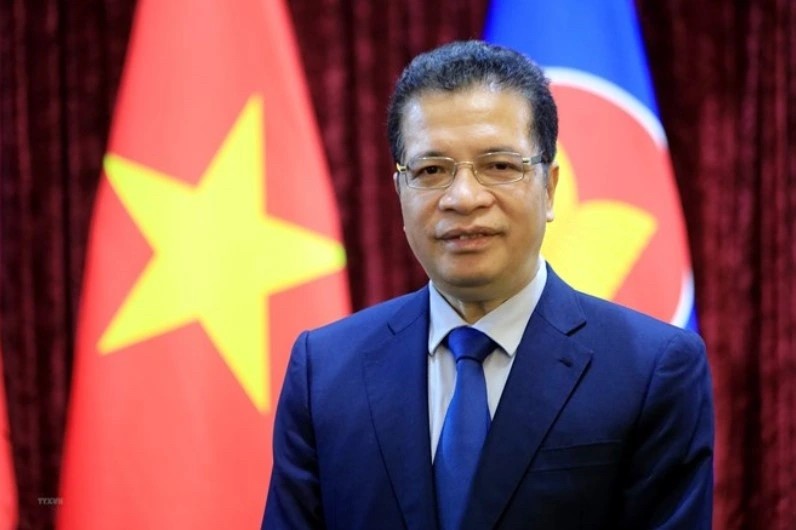Cinnamon tree helps Bao Lac farmers escape poverty
| Expanding organic cinnamon production in Lao Cai | |
| ADRA helps households overcome damages by Typhoon Damrey | |
| Quang Nam cinnamon seeks a spot on world stage |
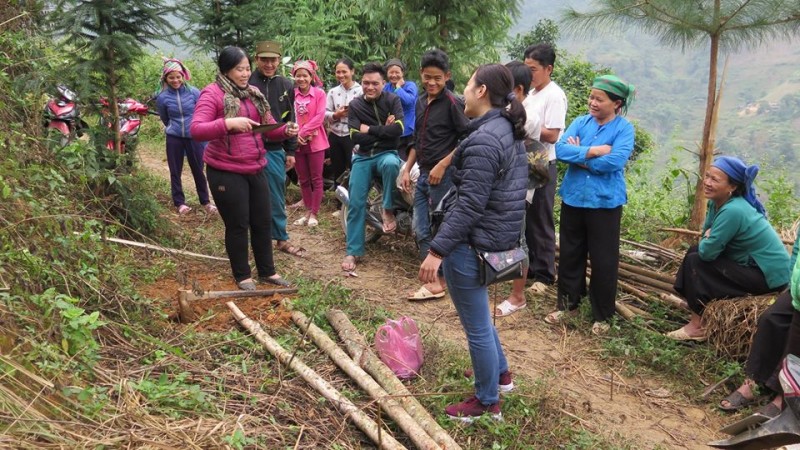 |
| Training on cinnamon planting. (Source: ADRA in Vietnam) |
Bao Lac district has shared border with China. For the long time, the trade between two lands has existed. Vietnam exports many raw materials to China and imports many essential products. Specifically, the ethnic minority groups that occupy the main population in the area have been in substantially underprivileged situation. A dominant number of them are poor farmers, lacking competences and resources to uplift the living condition. These two factors combined are intensifying the delay of development progress and widen the gap of these ethnic minority groups with the majority.
With the opportunity to develop a value chain of “made in Vietnam” products, the Climate Resilient Agriculture and Renewable Energy for Sustainable Livelihood Improvement Project ± Phase II (CARE II) guides the local people to produce the traditional products which has high value to export to China. Two of the products are cinnamon and silk worm.
To have high production, the project introduces smart agricultural technique and knowledge to adapt to climate change in agricultural production. The local farmers were trained with updated techniques in planting cinnamon, such as when the best season is to plant the seedlings to ensure the high survival rate of the trees after planting; what are the standard measurements of the holes for planting; what is the planting density of trees; how to take care of the tree before-after the plantation, and when is the best time for harvesting. It may sound simple but the local people have never learnt of this before. They planted cinnamon with their traditional methods that resulted in low production.
Dang Ton Su, a local farmer in Khau Pa village shared his thought after finishing the training: “I never attended in any technical training courses on planting trees before. This is my first time. I used to plant a lot of forest trees before however, I just dug the hole without any measurement. I thought that the hole just needs to be big enough to put the tree in. Now I understand that it should follow the standard measurement. That will help the tree to grow faster. The distance between the trees also needs to follow the technical standard to reduce the risk of getting diseases. Without the training, we would never know this knowledge”.
The project persuaded farmers to use their vacant land to plant cinnamon. This creates income for the farmers and promotes reforestation which in return help to reduce the risk of landslide and flash flood. By the end of September 2019, 243 households registered to plan the cinnamon. The total number of cinnamon seedlings which the households committed to plan until the end of January 2020 was 205,550 trees (equivalent to 63 ha with 3,300 trees/ha).
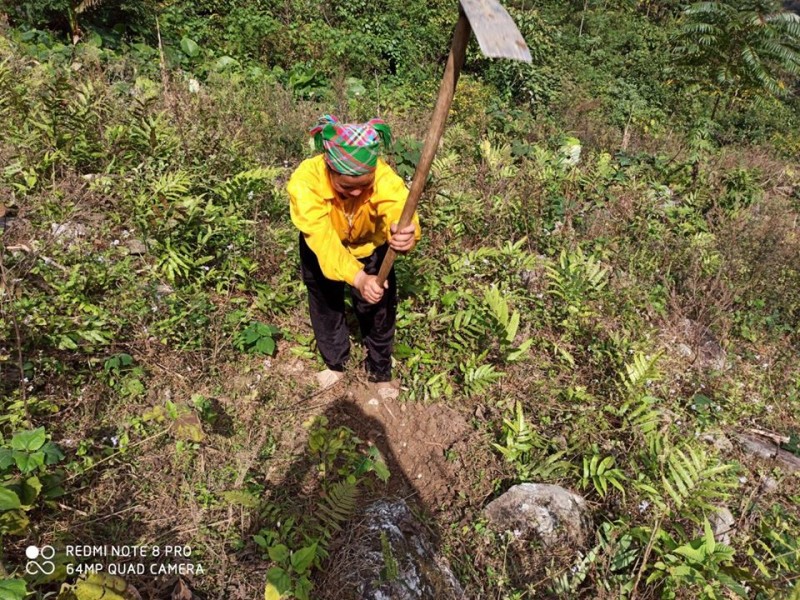 |
| Preparing land for cinnamon planting. (Source: ADRA in Vietnam) |
The project also is conducting the market research to identify the proper project intervention in supporting the silkworm production in Bao Lac.
The Adventist Development and Relief Agency (ADRA) works in over 130 countries with people living in poverty and distress to create positive change and social justice through empowering partnerships and responsible action. ADRA in Vietnam is a learning organization that pursues excellence and commits its resources in response to emergencies and community-based needs through effective partnerships.
In 1988, ADRA began operations in Vietnam with the shipment of medicines from US through ADRA Indochina, the former regional office based in Bangkok, Thailand. ADRA in Vietnam's office has been located in Hanoi since 1993 and in the last two decades, the organization has implemented more than 200 projects in over 50 of provinces in Vietnam. Current projects of ADRA in Vietnam are in Cao Bang, Hanoi and Tay Ninh with a focus on water and sanitation, climate change, livelihoods, health, education and disaster management./.
Recommended
 Focus
Focus
Vietnam-Austria Relations: Unlocking the Potential for Cooperation in Key Areas
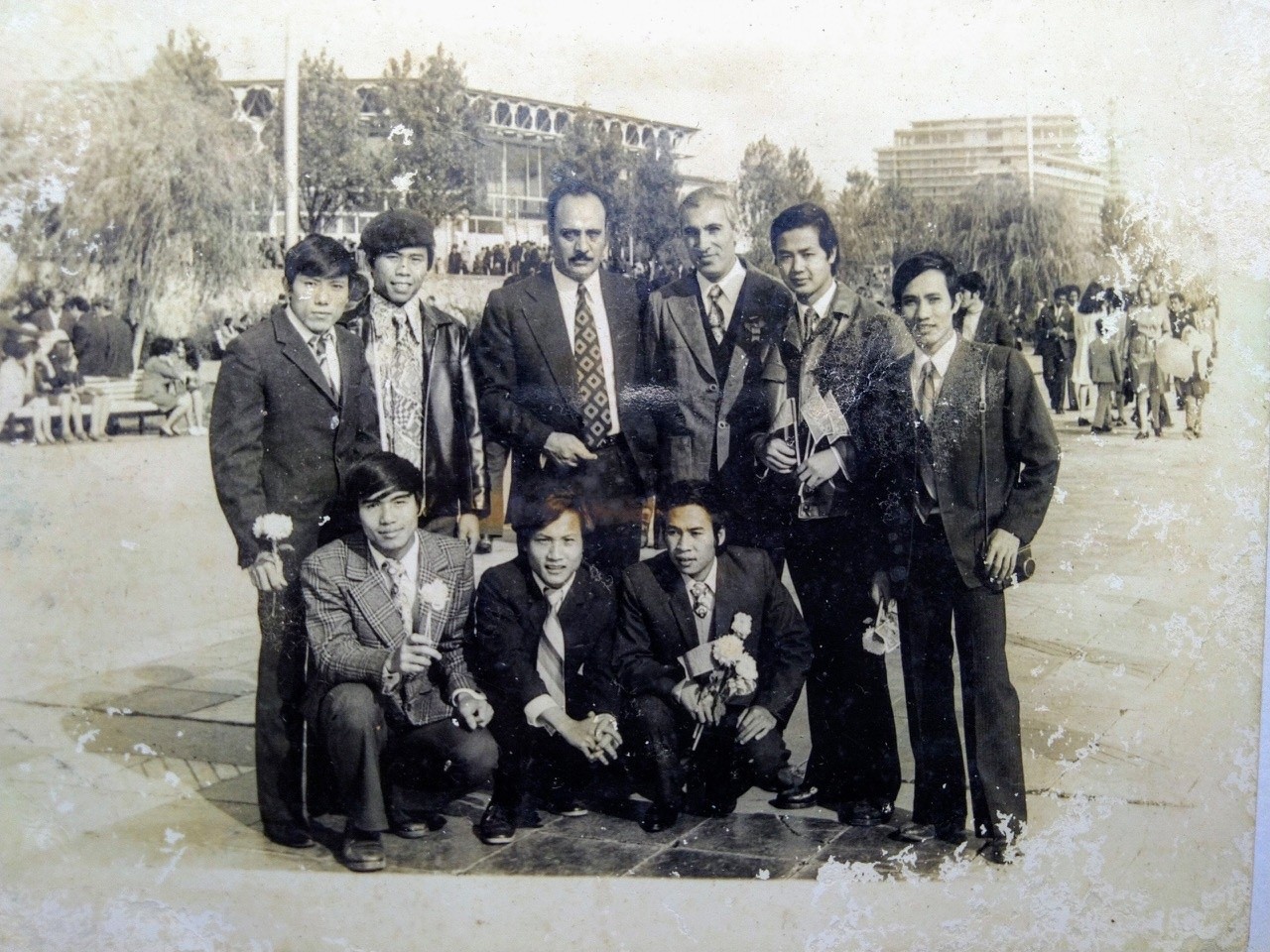 Friendship
Friendship
Vietnam - Azerbaijan: Cherished Memories Should Be Carried Forward with New Achievements
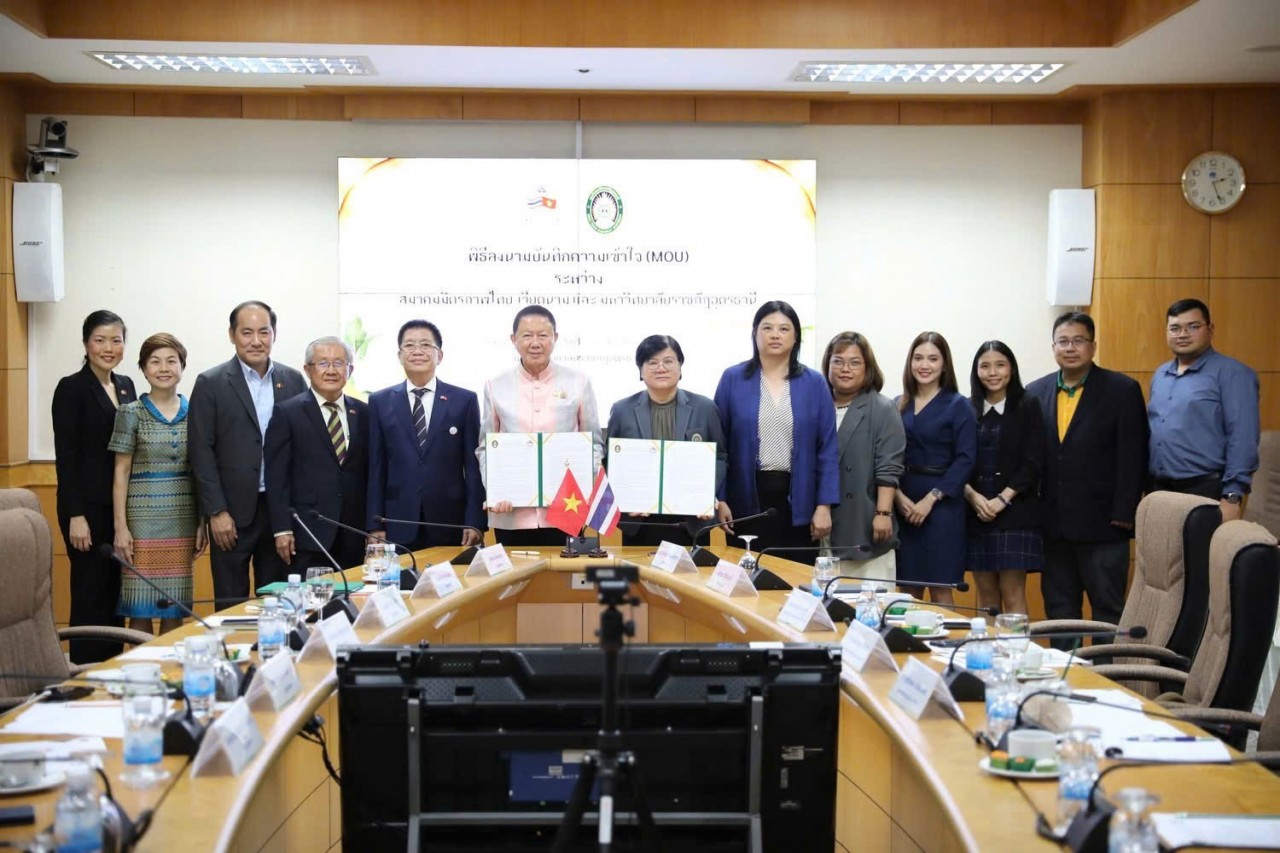 Friendship
Friendship
Center for Vietnamese Studies, Thailand-Vietnam Friendship Association Collaborate on Language Training
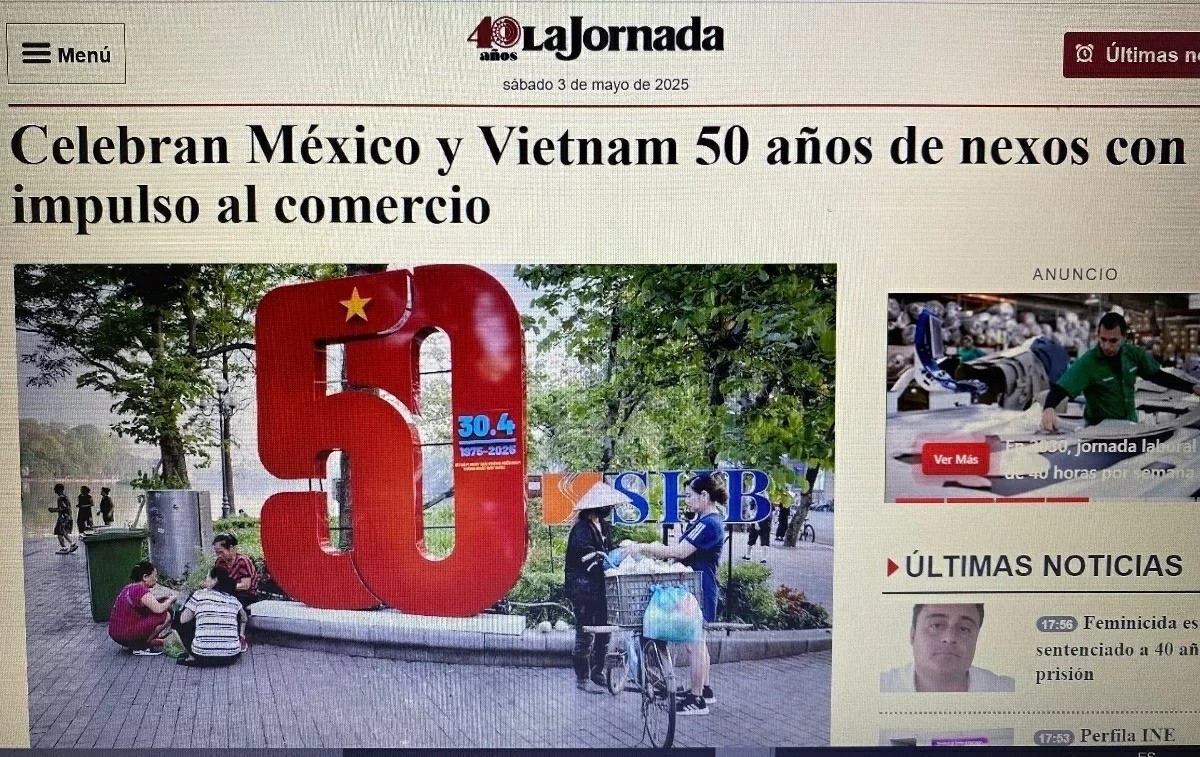 Friendship
Friendship
50 Years of Mexico-Vietnam Diplomatic Relations: Continuous Flourish in All Fields
Popular article
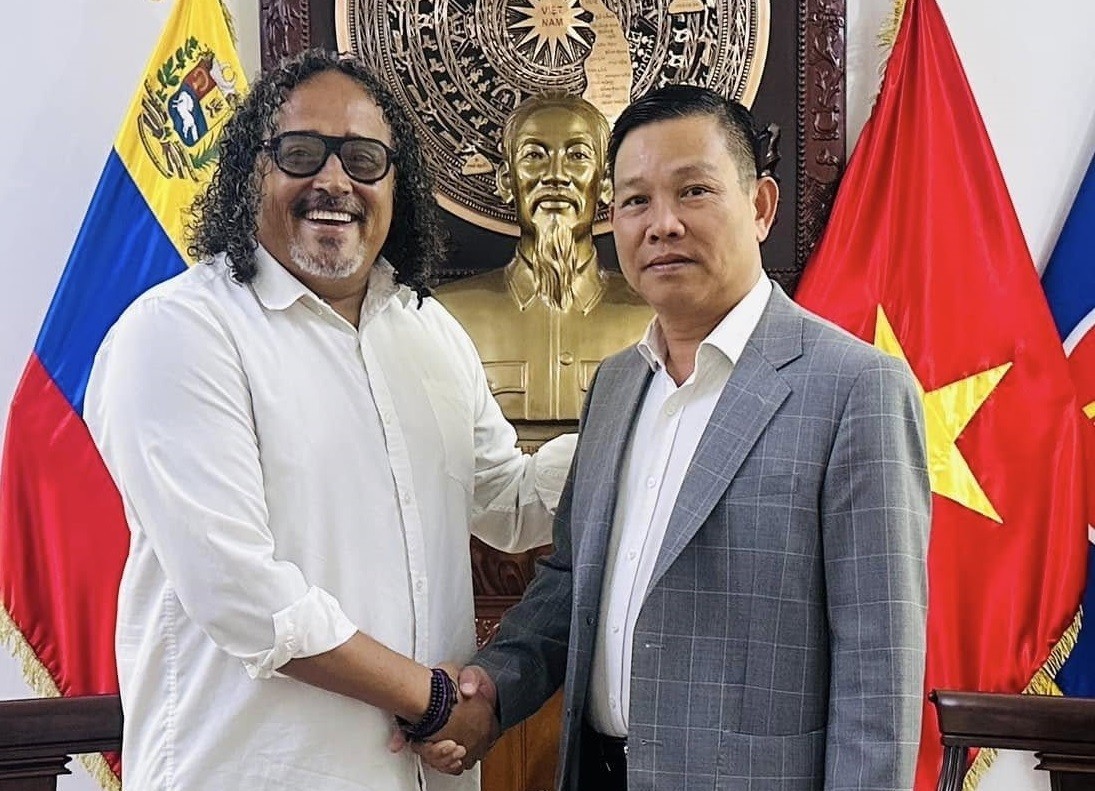 Friendship
Friendship
Venezuelan Artists Commemorate President Ho Chi Minh through Revolution Music
 Friendship
Friendship
Vietnam's April 30 Victory Celebrated in Venezuela
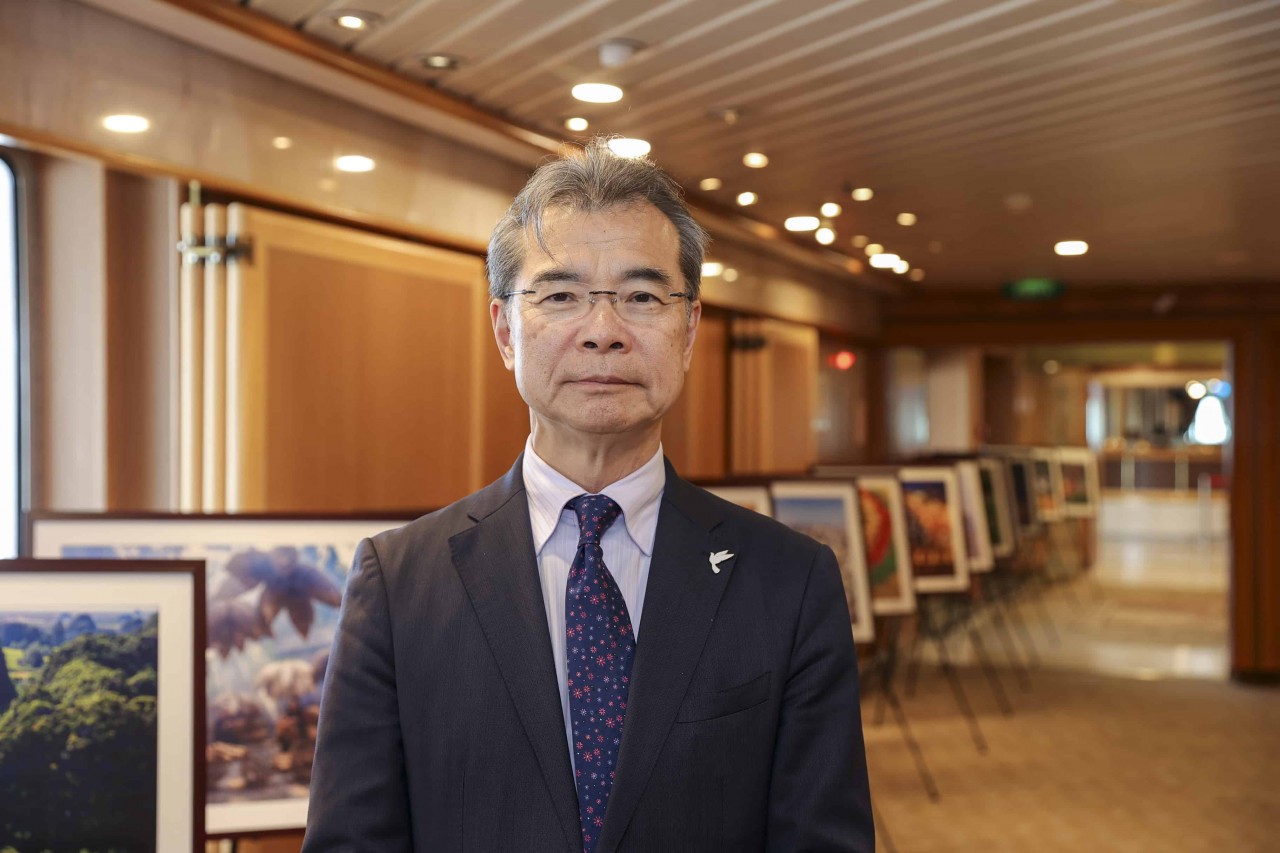 Friendship
Friendship
Vietnam’s History: Precious Legacy of Peace
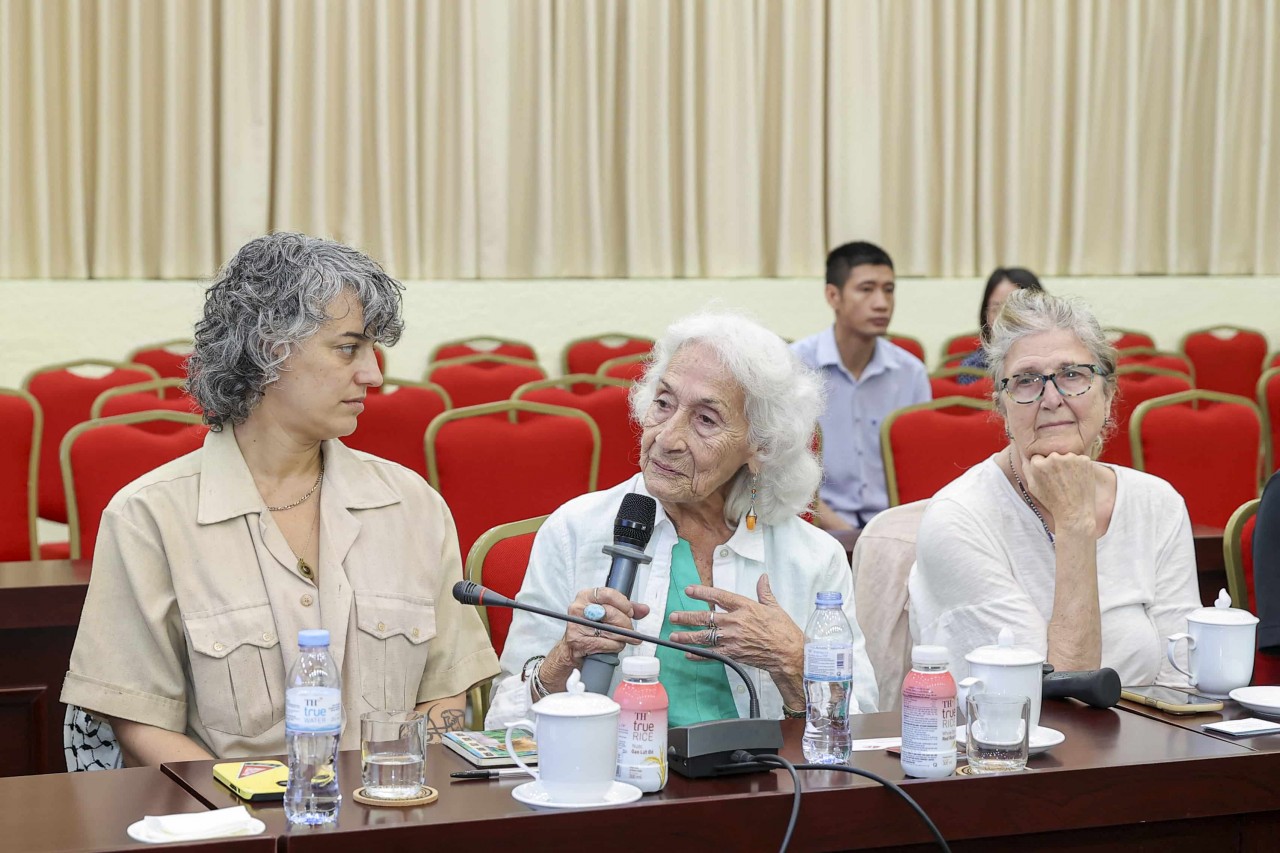 Friendship
Friendship

